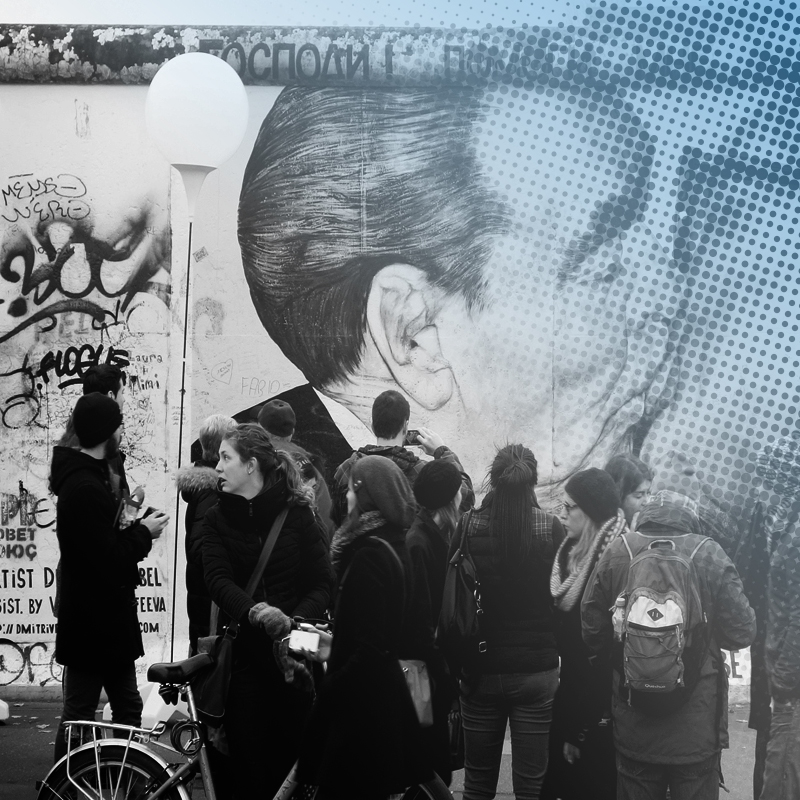commentary
Why Armenia Is Seeking to Normalize Relations With Turkiye
Armenia is intensifying its diplomatic outreach to Türkiye, betting that improved ties could either unlock a peace deal with Azerbaijan or at least help prevent another military flare-up along its tense borders.
· July 1, 2025






